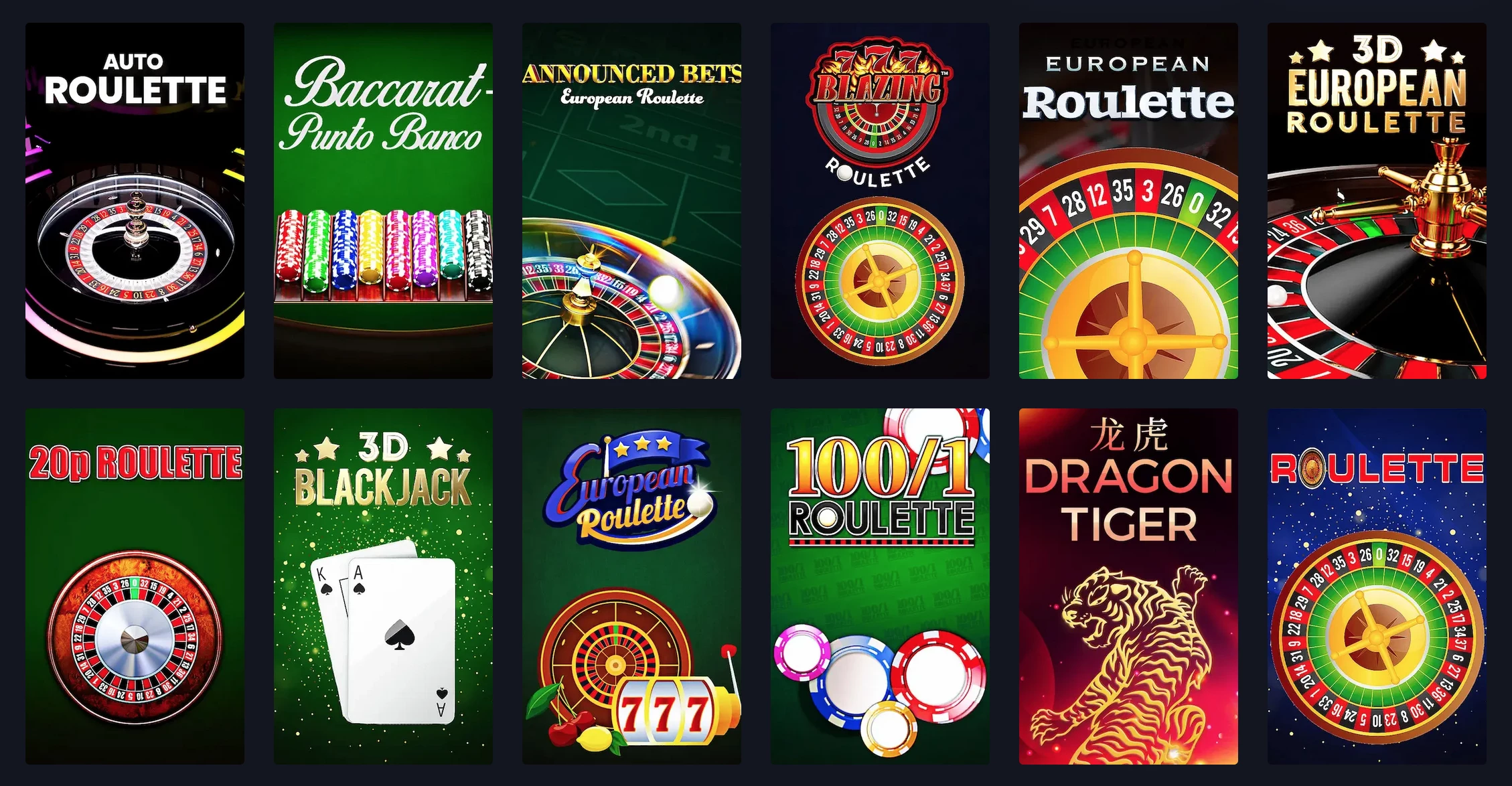
Poker is a popular card game that can be enjoyed by people of all ages. It is a game of skill and strategy, and it can be a lot of fun. If you are new to poker, or if you just want to improve your game, this guide will help you get started.

Getting Started

The first step to playing poker is to learn the basics of the game. This includes understanding the different types of poker hands, the betting rules, and the game flow. There are many resources available online and in libraries that can help you learn the basics of poker.
Once you have a basic understanding of the game, you can start playing online or in a casino. If you are playing online, you will need to create an account with a poker site. Once you have created an account, you can start playing in free or real money games.
If you are playing in a casino, you will need to buy chips at the cashier. You can then take your chips to a poker table and start playing.
Game Flow
A poker game is played in a series of rounds. Each round begins with the players being dealt a number of cards. The dealer will then start the betting round.
During the betting round, each player can bet, raise, call, or fold. A bet is a wager that the player is willing to put into the pot. A raise is a bet that is larger than the previous bet. A call is a bet that matches the previous bet. A fold is a decision to drop out of the hand.
After the betting round is complete, the dealer will reveal the community cards. The community cards are a set of cards that are shared by all of the players.
The players will then have another round of betting. After the second betting round is complete, the dealer will reveal the winner of the hand. The winner is the player with the best five-card hand.
Poker Hands
There are ten different poker hands, ranked from highest to lowest:
- Royal flush: A, K, Q, J, 10 of the same suit
- Straight flush: Five cards in a row, all of the same suit
- Four of a kind: Four cards of the same rank
- Full house: Three of a kind and a pair
- Flush: Five cards of the same suit
- Straight: Five cards in a row
- Three of a kind: Three cards of the same rank
- Two pair: Two sets of two cards of the same rank
- One pair: Two cards of the same rank
- High card: The highest-ranking card in your hand
Betting
Betting is a key part of poker. By betting, you can try to bluff your opponents into folding or you can try to get them to call your bet and pay into the pot.
There are three main types of bets:
- Pre-flop bet: This bet is made before the flop (the first three community cards).
- Post-flop bet: This bet is made after the flop.
- River bet: This bet is made after the turn and the river (the fourth and fifth community cards).
The amount of you bet will depend on a number of factors, including the strength of your hand, the betting action of your opponents, and the size of the pot.
Bluffing
Bluffing is a common tactic in poker. By bluffing, you can try to get your opponents to fold even if you don't have the best hand.
However, bluffing is a risky strategy. If you bluff too often, your opponents will start to catch on and they will be less likely to fold to your bets.
Tips for Winning
- Learn the basics of the game: The first step to winning at poker is to learn the basics of the game. This includes understanding the different types of poker hands, the betting rules, and the game flow.
- Practice: The best way to improve your poker skills is to practice. You can practice online, in a casino, or with friends.
- Manage your bankroll: One of the most important things you can do to win at poker is to manage your bankroll wisely. This means setting a budget for yourself and sticking to it.
- Don't tilt: Tilting is a term used to describe a player who is playing emotionally and not rationally. When you tilt, you are more likely to make bad decisions that will cost you money.## [poker gaming guide]
Executive Summary
This comprehensive guide provides an in-depth exploration of poker, delving into its fundamental rules, advanced strategies, and tournament nuances. By mastering the insights presented within these pages, aspiring poker enthusiasts can elevate their gameplay, enhance their decision-making, and navigate the complexities of poker with confidence.
Introduction
The world of poker, an exciting blend of skill, strategy, and calculated risks, has captivated the minds of countless individuals. This guide aims to equip readers with an encyclopedic understanding of the game, empowering them to navigate the intricacies of poker and conquer its challenges. With a focus on maximizing winnings and outsmarting opponents, this guide unveils the secrets of professional-level gameplay, elevating your poker prowess to new heights.
Fundamental Rules
Objective: The primary goal of poker is to outmaneuver your opponents, amassing the highest-ranking hand or convincing them to fold their cards.
Gameplay: The game proceeds in rounds of betting, with players either raising, calling, folding, or checking their hands based on the strength of their cards and the actions of their opponents.
Card Rankings: A traditional 52-card deck is utilized, with card rankings from lowest to highest being 2-3-4-5-6-7-8-9-10-Jack-Queen-King-Ace.
Hand Rankings: Five-card hands are categorized into specific rankings, with Royal Flush being the highest and High Card being the lowest.
Blinds: Forced bets placed by players to the left of the dealer, kickstarting the betting action and ensuring a minimum pot size.
Advanced Strategies
Pot Odds: Evaluating the ratio of potential winnings to the amount you have to call, guiding your strategic decisions and determining whether to continue betting.
Bluffing: Deceptively betting or raising with a weak hand, aiming to deceive opponents into folding their superior hands.
Value Betting: Extracting maximum value from strong hands by betting aggressively, encouraging opponents to call with inferior hands and increasing your winnings.
Position: Understanding your table position and its impact on strategy, gaining an advantage by acting last and observing opponents' actions.
Psychology: Reading opponents' betting patterns, facial expressions, and mannerisms, gaining insights into their hand strength and decision-making processes.
Tournament Strategies
Bankroll Management: Prudently managing your funds to ensure long-term tournament success, evitando reckless betting and preserving your tournament life.
Table Selection: Identifying favorable tables with weaker opponents and higher chances of progressing, maximizing your potential winnings.
Bubble Strategy: Navigating the late stages of tournaments, understanding the importance of chip accumulation and playing strategically to avoid elimination just before the money.
Satellite Qualifiers: Utilizing satellite tournaments as a cost-effective means of qualifying for larger tournaments and building your bankroll.
Knockout Tournaments: Embracing the unique dynamics of knockout tournaments, where eliminating opponents earns additional bounties and enhances your overall winnings.
Conclusion
By gaining a thorough understanding of the nuances of poker, mastering the strategic insights presented in this guide, and honing your skills through practice, you can transform from a novice poker player into a formidable opponent. Remember, poker is a game of constant learning and adjustment, so stay adaptable, observe your opponents, and never cease to refine your gameplay. Embrace the thrill of the game, take calculated risks, and let your poker prowess shine.
Keyword Phrase Tags
- Poker Gaming Guide
- Advanced Poker Strategies
- Tournament Poker Techniques
- Poker Bankroll Management
- Psychology of Poker































































































































